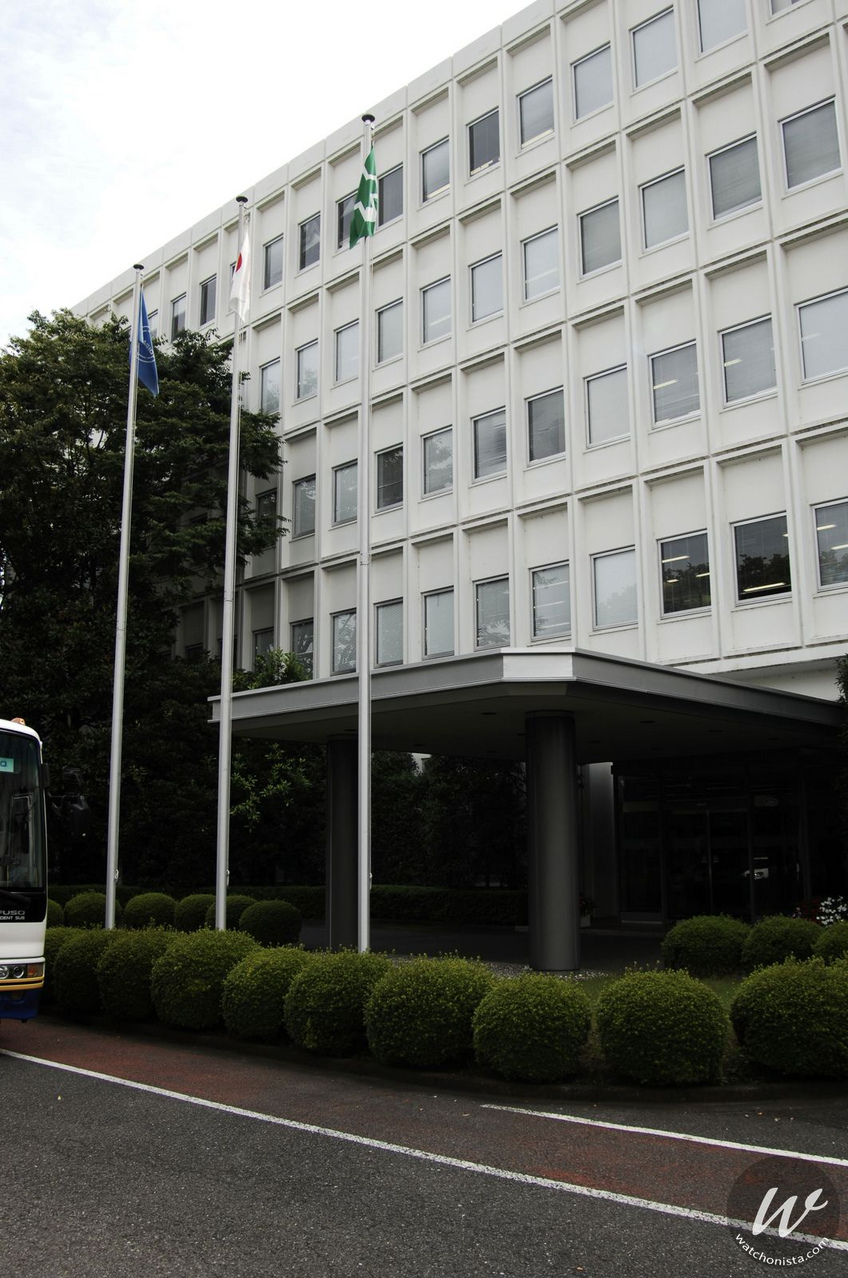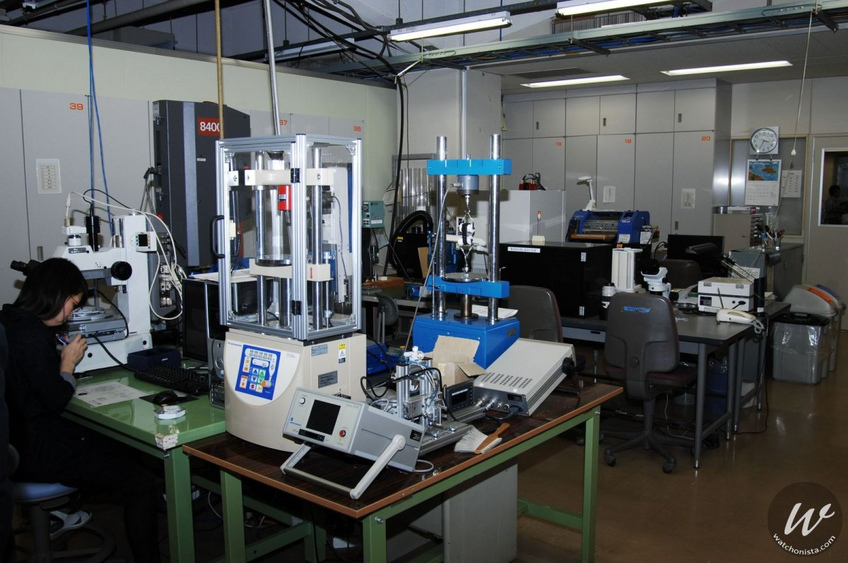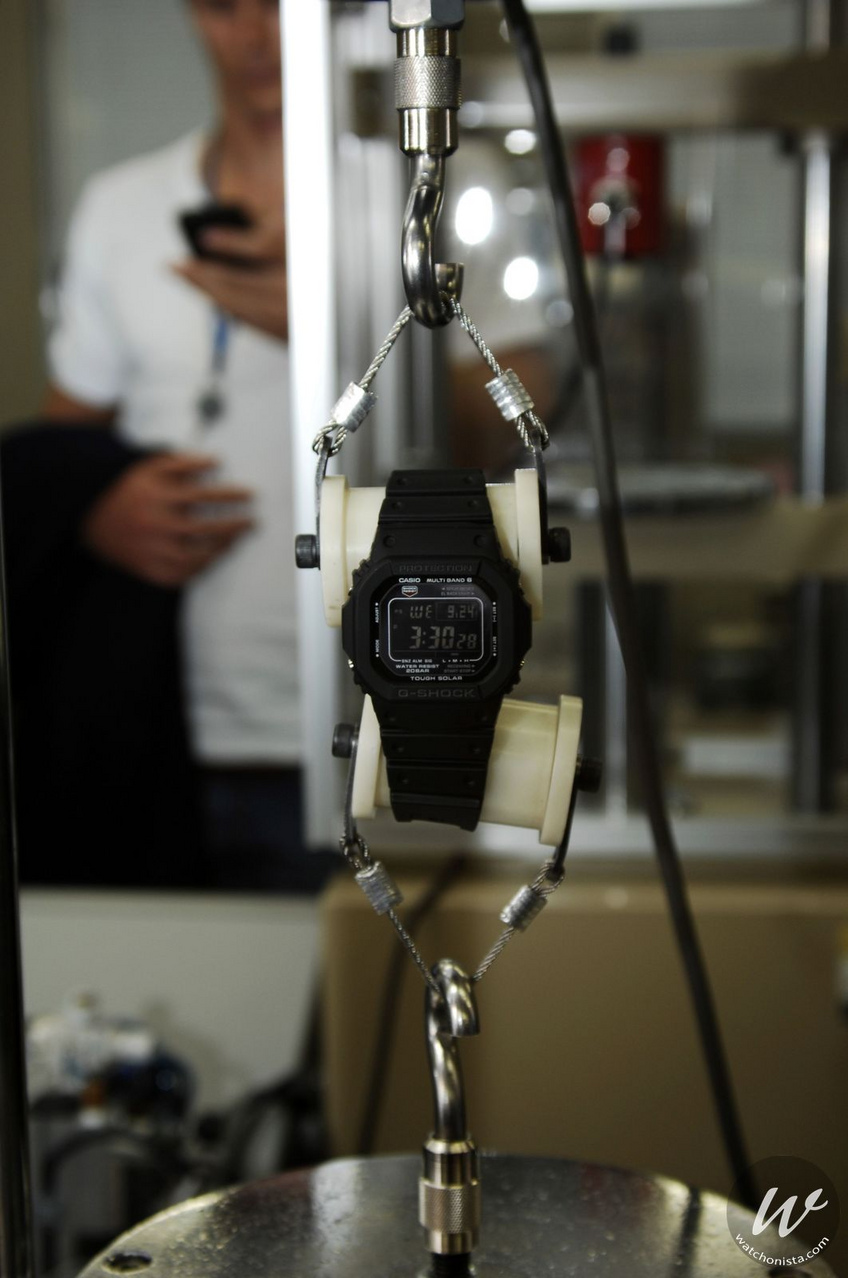

Visit to Casio in Japan part 1: the home of indestructible time
Visiting Casio in Japan helps one understand that precision and robustness can be compatible. This is an account of a trip to the heart of a unique production concept.
Sometimes travelling gives us the opportunity to discover unknown aspects of the watchmaking world. The trip organized by Casio allowed us to see that the brand offers more than time to its aficionados in their every adventure. We started in Tokyo, which immediately set the mood due to the amount of different models by the Japanese brand we could spot on the wrist of the locals. We hence realized that here, too, wearing this brand’s watches is an almost trans-generational fashion, as it happens in Europe. Under these circumstances, it made sense that Casio has created new-generation watches to better meet the requirements of mature populations who have the ambition and the means to afford both more visually developed and more luxurious timepieces.

The famous Casio G-Shock
The Japanese company, created in 1957, initially specialized in producing electronic calculation systems and later on started producing the famous calculators used in schools. Exactly 31 years ago, in 1983, the brand launched the G-Shock, a watch renowned for its durability and of which over 70 million copies have been sold. We can affirm that this model brought about a fundamental change in the history of quartz watches.
It all started in 1980 when Kikuo Ibe, a young engineer working for Casio, suggested the brand developed a quartz watch that was simply indestructible. At a time when designers did not even consider repairing or maintaining such watches, the visionary engineer wanted to swim against the tide. Convinced that his idea was well founded, he developed prototypes and tested them by throwing them out of the window of the building where he worked (more specifically, the toilets window that overlooked a concrete road). Ibe wasn’t easily deterred and hence three years and over 200 attempts later, he succeeded in making not only the watch but also the movement shock-resistant to extremely violent jolts.

His tenacity managed to convince Casio that his idea was indeed legitimate. Thus, the brand chose a few engineers to work on this project, which contrasted completely with the manufacturing trends of the time. Today, the original workshops still look imbued with the same passion and joy that characterized the out-of-this-world engineer.
Restrictive tests
The new G-Shock watches are still tested in those very workshops on proper instruments of torture. Amongst a delightful mishmash, we discovered a drawing-bench for the straps and the famous “Pendulum Striker”, the instrument that measures impact by hitting the watch as if it was a golf ball. But we also found a weird instrument that reproduces a 10-storey fall in 2 meters. And as if that was not enough, the workshop also contained a spin dryer that is used to see if the worst treatments have an impact on the time display or the gear trains.
After emerging unscathed from this shock treatment to which no fighter pilot would subject their on-board watch, this beast of a watch is tested on extremely high intensity vibrations. No traditional piece driven by a mechanical caliber could resist those vibrations.
It is to be noted – and this is Casio’s luxury – that every reference the manufacture has produced to date has passed these tests with flying colors. Yet, the tests are much more violent than those the Swiss subject their pieces to.
G-SHOCK - MTG-S1000D-1AER
- Shock-resistant
- Solar function
- Reception of radio signals (EU, USA, JPN, CHN)
- Neobrite
- Universal time function
- Date and week day display
- Chronometer – 1/20th of a second – 2 hours
- Daily alarm
- Automatic hand correction
- Bolting of the crown button
- Smart Access technology
- Sapphire glass
- Fine steel and resin case
- Stainless steel and resin strap
- Safety clasp
-
Waterproof (20 bars)
- Price : € 799
G-SHOCK GULFMASTER MGWN-1000B-1BER
- Shock-resistant
- Atmospheric / Weather sensor
- Tide level
- Compass
- Triple Sensor ver.3
- Smart Access
- Solar function
- Radio driven by 6 transmitters
- Waterproof (20 bars)
- Price: € 499
First part of our visit to Casio: At Yamagata







